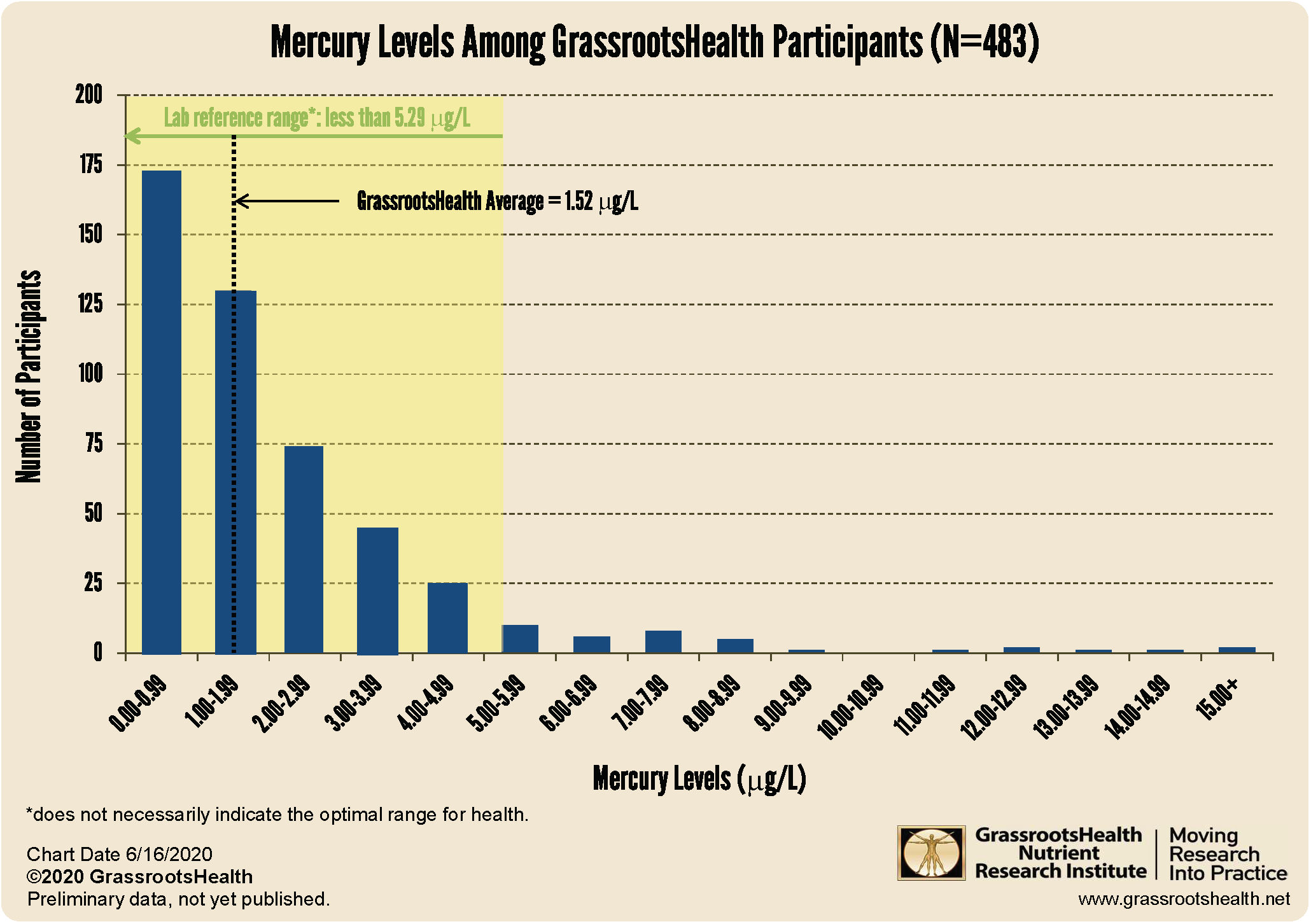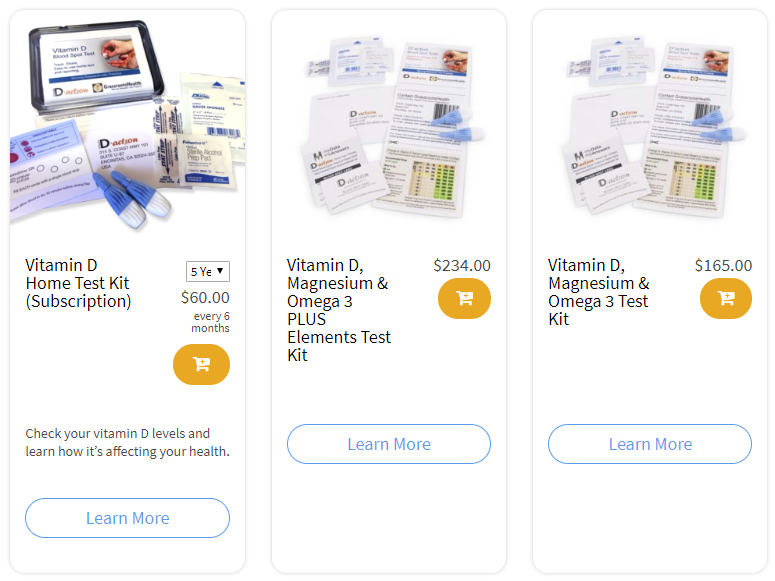Published on June 18, 2020
 Mercury is one of the most toxic heavy metals and exists in multiple forms including elemental mercury, inorganic mercury, and organic mercury. Potential health effects of mercury exposure depends on many factors including the form of mercury, amount and length of exposure, and route of exposure.
Mercury is one of the most toxic heavy metals and exists in multiple forms including elemental mercury, inorganic mercury, and organic mercury. Potential health effects of mercury exposure depends on many factors including the form of mercury, amount and length of exposure, and route of exposure.
Elemental mercury exposure can happen if a mercury-containing product (such as a thermometer or fluorescent light bulb) breaks, or from dental amalgams (“silver” dental fillings). Exposure to small amounts of methylmercury, an organic form of mercury, is common because a majority of fish and shellfish contain trace amounts. More information about mercury can be found in this previous blog.
Mercury Levels among GrassrootsHealth Participants
In the spring of 2019, GrassrootsHealth started offering a mercury test as part of the Elements Panel, which includes testing your vitamin D level along with essential elements magnesium, selenium, zinc, copper, and zinc:copper ratio, and toxic heavy metals cadmium, lead, and mercury. This test is a reflection of recent exposure to organic mercury (methylmercury or ethylmercury).
Among the 483 participants who have tested their mercury levels, the average level was 1.52 μg/L. A vast majority (93%) had levels within the lab reference range (less than 5.29 μg/L); this reference range indicates the range of typical results found in the population the lab serves but does not necessarily indicate the optimal range for health.
Additionally, 27 participants have completed at least two mercury tests. Among these participants, two-thirds (67%) lowered their mercury levels after their first test. Information about lowering your mercury levels can be found in this previous blog.
Know if you are getting too much mercury or other toxic elements?
Mercury, as well as cadmium and lead, can adversely affect your health. In addition, magnesium with vitamin D, zinc, and omega-3s, are a few nutrients vital to maintaining many aspects of our health. The Magnesium PLUS Essential Elements test kit includes a simple blood spot test to measure these toxins and nutrients. To know if you are getting or avoiding them enough, make sure you test today!
Are You Getting Enough Vitamin D to Help Yourself?
We’re in a time of great crisis that could be greatly affected by making sure you and everyone you know has a serum level of at least 40 ng/ml. Help us help you.
Do you know what your vitamin D level is? Be sure to test today to find out, and take steps to keep it within a target of 40-60 ng/ml or 100-150 nmol/L! Give your immune system the nutrients it needs to support a healthy you and protect yourself from unnecessary diseases.
GrassrootsHealth Nutrient Research Institute is preparing to do a Community RCT with the use of our myData-myAnswers nutrient health system that over 15,000 people are already using for their health. We will demonstrate how one can use the Nutrient Research Model established by Dr. Robert Heaney to establish the effect of vitamin D serum levels of at least 40 ng/ml (100 nmol/L) on risk reduction with different ethnicities in the population. Please let us know if you’re interested in helping sponsor this project.
CLICK HERE for updates and new information about the project.
Through GrassrootsHealth Nutrient Research Institute, you can also test your essential elements magnesium, copper, zinc and selenium, toxins such as lead, mercury and cadmium, as well as your omega-3 levels, inflammation levels and thyroid stimulating hormone (TSH) level. Find out your levels today! Log on to the test selection page (click the link below) to get your tests and see for yourself if your levels can be improved.
Make sure you track your results before and after, about every 6 months!
Click Here to Access the Test Page
How can I track my nutrient intake and levels over time?
To help you track your supplement use and nutrient levels, GrassrootsHealth has created the Personal Health Nutrient Decision System called
For each specific supplement, you can track what days you take it, how much, and many other details. This will help you know your true supplemental intake and what patterns of use work for you to reach and maintain optimum nutrient levels. Check it out today!









